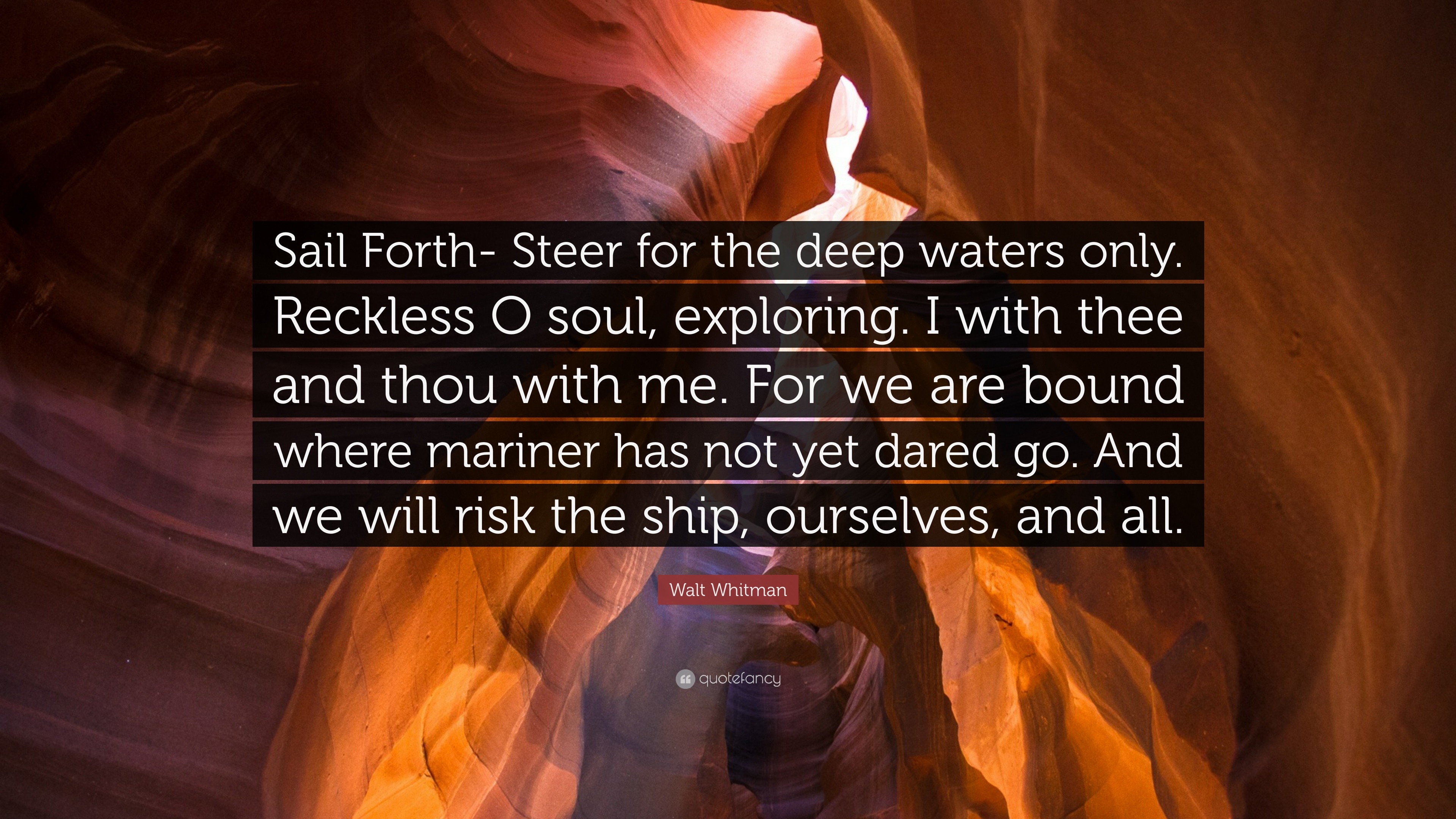
The opening lines of the poem describes a spring day, “ Souvenirs of earliest summer-birds’ eggs, and the first berries”(line 4), which soon turns to winter, “ The maple woods, the crisp February days” and it ultimately ends on another spring scene, “ The melted snow of March-the willow sending forth its yellow-green sprouts” (line16). These lines represent the human inability to understand life and the natural force fueling it, as they are nestled between two stanzas that show the speaker accepting life and death as a part of a bigger cycle.Īn emphasis on nature’s life cycles is also present in the structure of the poem and its imagery. In the midst of a very calm and meditative state, the speaker is shaken by internal wondering of “what ifs,” where he exclaims phrases such as, “O for another world! O if one could but fly like a bird! O to escape- to sail forth, as in a ship!”(lines 21-22). It finds itself in the middle of a poem interested in the beauty and effortlessness of nature’s life cycles and patterns of seasons. I think that this portion of the poem is very explicative of the poem’s overall meaning.

The pacing of the poem remains relatively casual until the shift towards the end of the first stanza when Whitman uses exclamation points and heiffans to break down into an existential questioning. There is hardly any punctuation in the form of sentences closed with a period, but Whitman does frequently use exclamation points in the section of prophetic tone. For example, Whitman writes, “The maple woods, the crisp February days, and the sugar-making / The robin, where he hops, bright-eyed, brown-breasted,” (lines 12-13).

This causes the poem to have a very interesting sound similar to the sounds of sitting in the wilderness and the many different calls and noises occurring one after another. In reading the poem aloud, one may notice that many of these words, when placed next to each other, could be said to be tongue twisters. Much of the diction used in this poem is simple, everyday language with a few exceptions of the use of “thou,” which occurs only while the speaker goes into a thought process of becoming a bird or sailing away like a ship. As a contrast to the light and easy feel of the first portion of the first long stanza, the speaker becomes momentarily detached from his surroundings and questions what it would be like to be a bird, to escape, to sail like a ship among other imaginations.

He patterns of nature continue through time without need for interference or reminder. In observing nature, the speaker comes to accept the inevitable forces of life and that death is a natural part of life, just as all t Unlike much of Whitman’s poetry, this poem positions the speaker as a very passive observer of nature rather than a prophetic voice in humanity. Almost all of the imagery in this poem is focused on nature’s beauty. The scents of newly bloomed lilacs, the sky, the birds and their wings. The speaker in Walt Whitman’s “ Warble for Lilac-time” observes the scenery of a spring day, and is sure to notice the beauty of it.


 0 kommentar(er)
0 kommentar(er)
